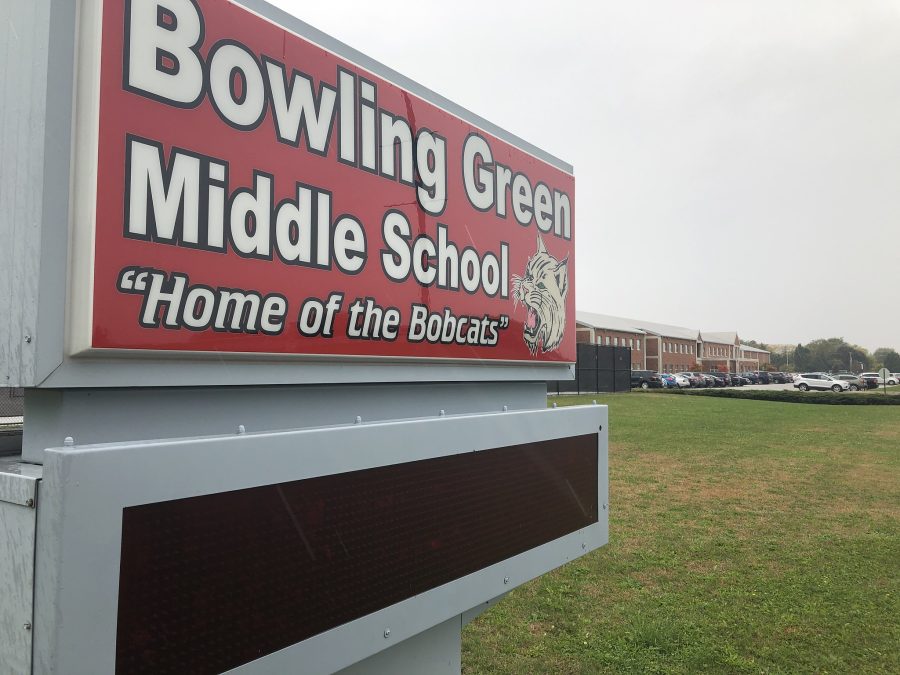I remember chuckling years ago when I saw the headline: “More people die than are born.” That, of course, is impossible (over the long run). Now I’m seeing reports that could be headlined: “More news is consumed than produced.”
Come again?
Some 20,000 journalism jobs have been eliminated at U.S. newspapers in the last two-plus years – due to the recession and other problems in the newspaper industry.
The Pew Institute recently released a study showing that about 75 percent of news is generated by newspapers. So, the loss of reporters and editors, logically, should result in less news.
Now another Pew study, released March 1, says, “The internet has surpassed newspapers and radio as a news platform…” Pew’s study (“Understanding the participatory news consumer”) said 78 percent get news from a local TV station, 73 percent from a national TV network (cable and broadcast), 61 percent from online, 54 percent from radio and 50 percent from a newspaper. Seventy percent agreed with the statement: “The amount of news and information available from different sources today is overwhelming” – even though there are thousands fewer reporters working beats.
Wait just a minute! The Internet has no reporters. The Internet produces no actual news, so how can it surpass newspapers as a news (and advertising) platform?
Technology allows news to be parsed, pasted, posted, redistributed, crawled, commented upon, contributed, analyzed, tweeted, Skyped, aggregated, syndicated, forwarded, indexed, spidered, Googled, and in other ways recycled.
Still, at the root (logic tells me), there has to be some actual news.
At TownNews.com (which hosts over 1,500 U.S. newspapers Web sites), we’ve noticed some interesting/disturbing traffic statistics. In January 2009, 57 percent of the traffic on the news sites was from unidentified “bots” or spiders. Of 520 million page views, 296 million were from “bots” or spiders.
In January 2010, the total page views climbed to 876 million, and the number of “bots” or spiders climbed to 586 million. From 57 percent in 2009, the percentage of “bots” and spiders climbed to 67 percent.
Google and Yahoo! Traffic (which we can easily identify) held steady at between 7 and 7.5 percent of traffic on the TownNews.com sites.
Who/what are these “bots” and spiders, and what are they doing with the data they collect? It appears they are the “reporters” that have allowed the Internet to “surpass newspapers … in popularity as a news platform.” The “bots” and spiders index, aggregate and re-purpose original content that is posted, parsed and redistributed all across the Internet – possibly to the detriment of the content creators.
In truth, we don’t know what most of them are doing, but the impact is significant.
Pew’s report summarized the situation: “Traditional news organizations are still very important to their consumers, but technology has scrambled every aspect of the relationship between news producers and the people who consume the news.”
The overriding narrative, Pew said, “is tied to technological change, generational differences and the rise of a new kind of hybrid news consumer/participator. These shifts affect how people treat news, relate to news organizations, and think of themselves as newsmakers and commentators in their own right.”
Traditional reporters are replaced, at least somewhat, by participatory consumers “as people contribute their own stories and experiences and post their reactions to events.” (Don’t believe it? The initial news coverage of the Feb. 27 earthquake in Chile relied almost exclusively on user-contributed photos, videos and on-site reporting.)
The study found that 57 percent of online Americans use social networking sites such as Facebook, and 97 percent of them are online news consumers. Increasingly, news consumers depend on their “smart phones” for news consumption and sharing of news.
Newspapers used to be the great aggregators of information (some locally produced, but much from third-party sources), and advertising revenues poured in. Those days are gone, or as the Pew report noted: “The notion that people have a primary news source, one place where they go for most of their news…is increasingly obsolete.”
Newspaper publishers are trying pay walls and e-editions, reducing content posted to Web sites, metering content usage and other desperate efforts to “put the genie back in the bottle.”
At TownNews.com we’re trying to identify the “bots” and spiders and what they’re doing. When we identify spiders that create products that compete with our customers we take every step we can to bar access. We encourage our customers and others (and press and trade associations) to be vigilant to these practices, and to understand and enforce U.S. copyright protections.
Perhaps more importantly, publishers need to understand and participate in social network solutions, especially those that allow news consumers to more fully participate in news creation.
(Marc Wilson is general manager of TownNews.com. He is reachable at [email protected].)












